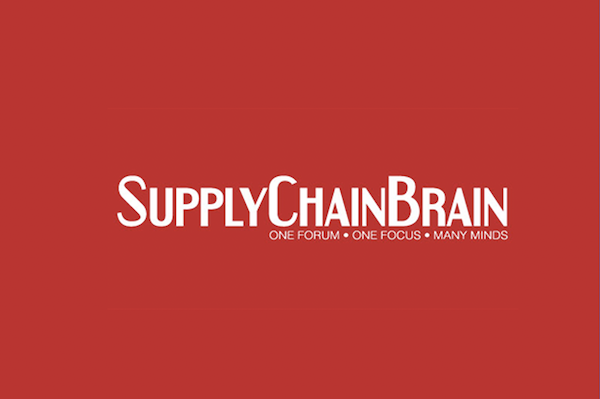Tracking and tracing are the foundations all great food and beverage manufacturers rely on to create and strengthen trust with their distribution networks and consumers. But today’s consumer has set the bar increasingly high for companies as they think about the broader repercussions of their lifestyles and ask harder questions about where their food came from and how it was treated along the way.
For manufacturers, maintaining detailed ledgers that track and trace their materials, from farm to fork, can be a powerful way to track supplier performance, identify potential issues and surgically excise problems before they result in damaging product recalls.
Tracing vs. Tracking
Tracing and tracking are both important components of supply chain optimization. And while they may sound like interchangeable terms dealing with the path of a product, there is an important distinction to be made. Tracing involves the history of a product’s path through the food chain. It’s the act of looking back to see where the lettuce, tomatoes, onions, black beans, rice, carnitas, and the rest of the ingredients in your burrito came from. When people get sick and you need to trace the origins of every part of that burrito to avoid further contamination and sickness, you are tracing.
Tracking, on the other hand, is more about the destination of a product along the food chain. Where these hamburger patties are headed next, from pasture to processing plant to packaging to point of sale to dinner plate.
Whether looking forward or backward, each component is vital to traceability in the food and beverage industry.






